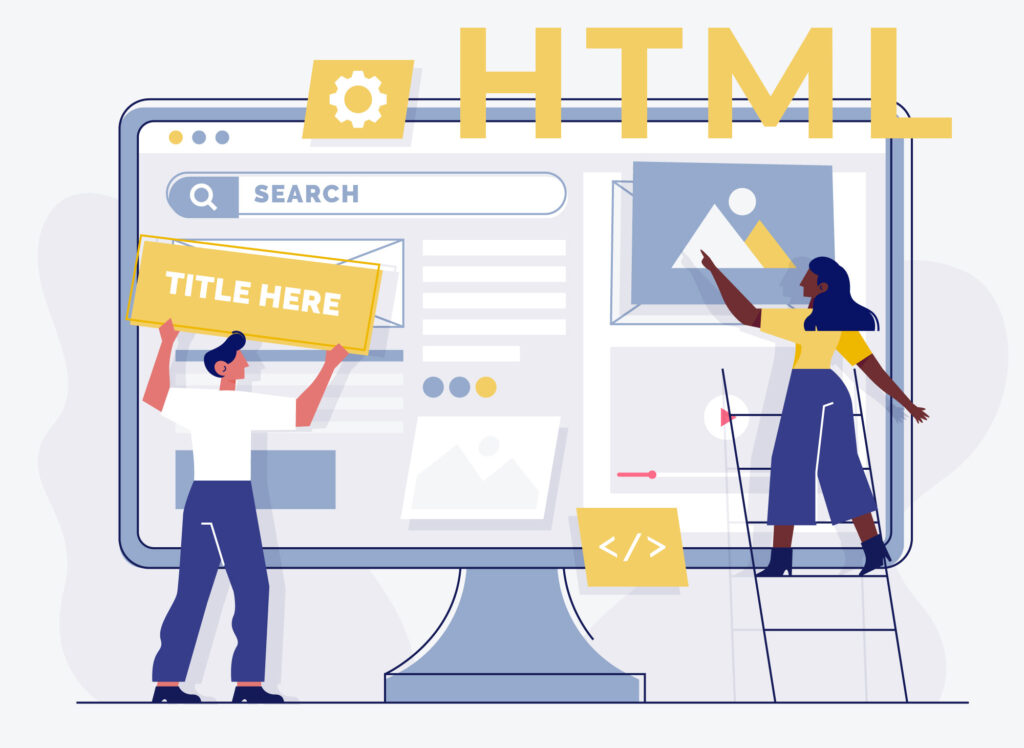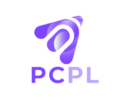Master the Art of designing web pages with HTML- A step-by-step Guide

Web development is the process of creating websites or web applications for the internet. If you’re interested in web development, learning HTML and CSS is great to start with. HTML (Hypertext Markup Language) is the foundation of every website, while CSS (Cascading Style Sheets) is used to add visual styles and layouts to web pages.
Steps to start learning HTML and CSS
Step 1: Choose Your Learning Resources: There are many resources available to learn HTML and CSS, from online tutorials and videos to books and courses. Choose resources that suit your learning style and budget. Some popular online resources include W3Schools, Codecademy, and FreeCodeCamp.
Step 2: Learn the Basics of HTML: HTML is a markup language used to create and structure content for the web. It consists of tags that define different elements of a web page, such as headings, paragraphs, images, and links. Start by learning the basic structure of an HTML document and then move on to different HTML tags and their attributes.
Step 3: Learn the Basics of CSS: CSS is used to add visual styles and layouts to HTML elements. It allows you to change the color, size, font, and positioning of HTML elements. Start by learning the syntax of CSS, including selectors, properties, and values. Then move on to more advanced topics such as responsive design and CSS frameworks like Bootstrap.
Step 4: Practice, Practice, Practice: The best way to learn HTML and CSS is to practice coding. Start by creating simple web pages and gradually move on to more complex projects. You can also try recreating web pages from scratch to improve your coding skills.
Step 5: Get Feedback: As you practice coding, it’s important to get feedback on your work. Join online communities like Reddit’s r/webdev or GitHub to get feedback on your projects and learn from other developers. You can also find online mentors or attend coding boot camps to improve your skills.
Step 6: Stay Up-to-Date with Industry Trends: Web development is a constantly evolving field, and it’s important to stay up-to-date with the latest trends and technologies. Follow web development blogs, attend conferences, and subscribe to industry newsletters to keep up with the latest developments.
Learning HTML and CSS is a great way to start your journey in web development. With practice and dedication, you can create visually appealing web pages and even build your own web applications.
Moving on, here’s a
Step-by-step guide through the basics of HTML & How to create a simple web page
Step 1: Set up your workspace
Before you start coding, you need to set up your workspace. This includes choosing a code editor such as Visual Studio Code or Sublime Text, creating a new project folder, and saving an empty HTML file with the .html extension.
Step 2: Create the basic structure
The first thing you need to do is create the basic structure of your web page. Every HTML document should start with a <!DOCTYPE html> declaration, which tells the browser that this is an HTML document. After the doctype, you need to add the <html> tag, which contains all the other tags.
Step 3: Add content
Once you have the basic structure, you can start adding content to your web page. There are several types of content you can add, such as headings, paragraphs, images, and links. Here is an example of how to add a heading and a paragraph:
Step 4: Add styles
HTML alone is not enough to create a visually appealing website. To make your web page look more attractive, you need to add some styles using CSS (Cascading Style Sheets). CSS is a language used to describe the presentation of HTML elements.
You can add styles in three different ways: inline, internal, or external. Inline styles are added directly to an HTML element using the style attribute. Internal styles are added in the head section of your HTML document using the <style> tag. External styles are saved in a separate CSS file and linked to your HTML document using the <link> tag.
Here is an example of how to add an internal style to change the color of the heading:
Step 5: Test your web page
Once you have added content and styles to your web page, it’s time to test it. Open the HTML file in your browser by right-clicking on the file and selecting “Open with” and then choosing your preferred browser. You should now see your web page displayed in the browser.
Conclusion
Congratulations! You have now created your first web page using HTML. This is just the beginning of your web development journey. There are many more tags, styles, and techniques to learn to create more advanced web pages and web applications. Keep practicing and experimenting to develop your skills further.
